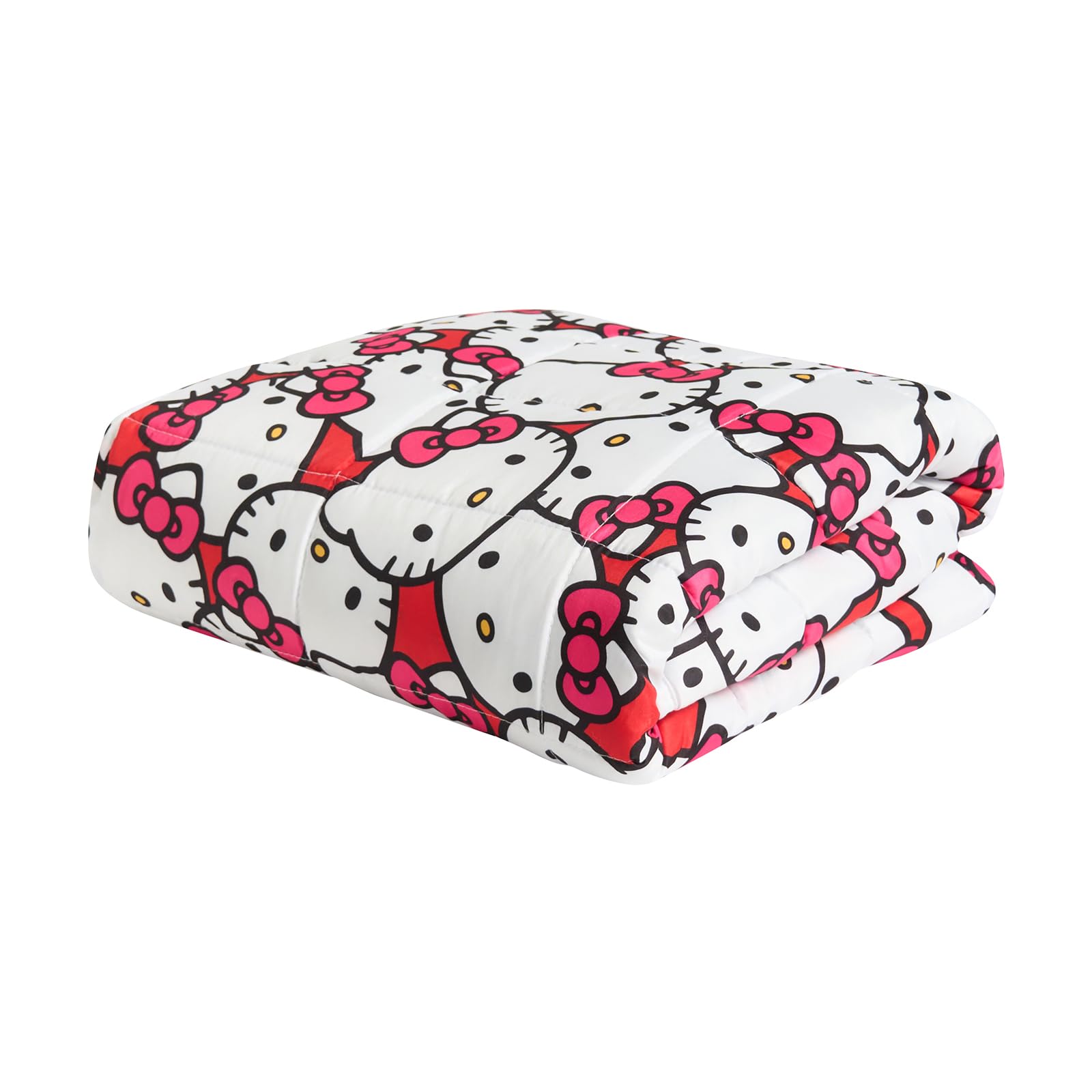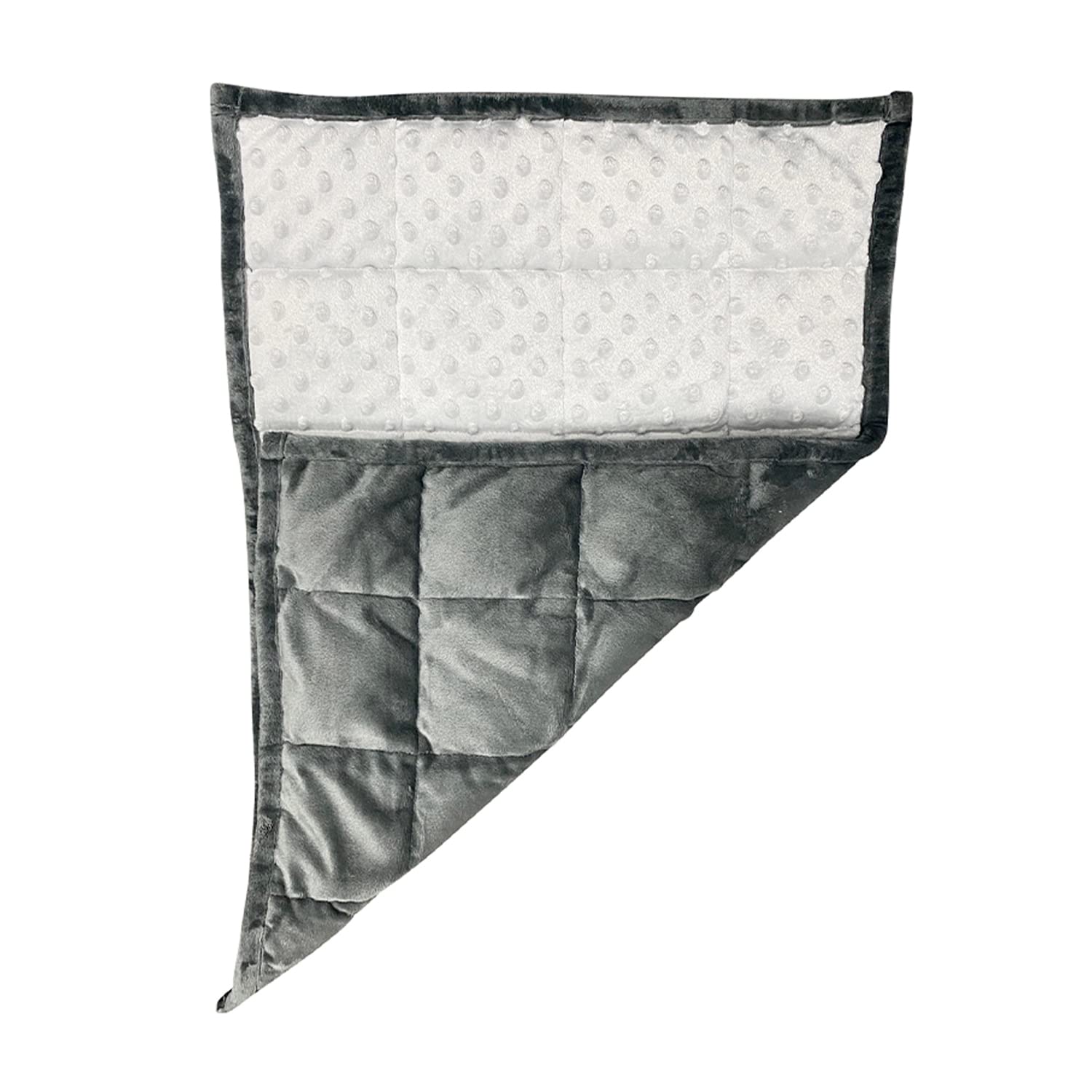Weighted blankets calm the body with gentle pressure, but some people worry they will feel too warm under the extra layer. Heat depends on fabric, fill, room conditions and how you pair the blanket with sheets and a duvet. This guide shows how to keep cool with a weighted blanket in UK homes by choosing breathable covers, sensible weights and a setup that releases heat rather than trapping it.
Deep pressure comfort comes from weighted blankets with breathable covers.
Choose a Breathable Cover
The outer fabric determines much of the warmth. For summer and warm sleepers, pick a bamboo or lyocell cover. These fabrics have a cool, smooth touch and wick moisture well. Cotton percale is another good option for a matte, fresh feel. Reserve plush minky or fleece covers for winter. If you buy a blanket with a duvet style cover, you can swap fabrics seasonally and wash more easily.
Pick Glass Beads and a Tight Grid
Most modern weighted blankets use glass beads as the weight. Glass spreads evenly and sleeps cooler than plastic pellets. Look for a design with a tight grid of small pockets. This keeps weight distribution consistent so you do not need to pull the blanket around as much, which reduces hot spots. Internal corner ties that secure the inner layer to the cover also help maintain even coverage.
Use a Lighter Weight in Summer
If you are at the top of the weight range for your body, consider dropping to the lower end in summer. The difference of one or two kilograms can make movement easier and reduce heat build up, especially for side sleepers. For many people, a five kilogram blanket feels cool enough with a bamboo cover, while a nine kilogram blanket with a fleece cover feels best in winter.
Pair With Cool Sheets and a Low Tog Duvet
Weighted blankets work best as an extra layer rather than the only cover on the bed. In warm months, use cotton percale or linen sheets and a 4.5 tog duvet. Place the weighted blanket on top so you can adjust it easily if you warm up. If you are lounging on the sofa, use the blanket over light clothing that breathes rather than heavy knitwear.
Room Temperature and Airflow
Warm, humid air makes any blanket feel hotter. Aim for a bedroom humidity between 40 and 60 percent. A small dehumidifier helps in damp homes. Use trickle vents or crack a window on cooler evenings, and run a fan on low to move air gently. Small changes in airflow improve how cool fabrics feel against the skin.
Care and Freshness
Keep covers clean so fibres can wick effectively. Wash removable covers regularly according to the label and air the inner blanket to release moisture. If your blanket does not have a removable cover, consider using a duvet style cover that ties on. Clean fabrics feel cooler on the skin and help you use lower settings on heaters during winter.
When a Weighted Blanket Is Not the Right Tool
If you are very heat sensitive even in a cool room, or if you have circulation or temperature regulation issues, a weighted blanket may not be comfortable even with cooling covers. Try a lighter throw for calming pressure during reading and skip it when you lie down to sleep. Consult a clinician if you have concerns.
Breathable covers and lighter fills feature in weighted blankets for hot sleepers; cooler setups often add cool sheets and a lower-tog duvet.
FAQs
Are weighted blankets always hot? No. With breathable covers, glass beads and sensible weights, many people find them comfortable year round. Room conditions matter as much as fabric.
Can I use a weighted blanket with air conditioning? Yes, but most UK bedrooms rely on natural ventilation. Focus on breathable bedding and slightly lower weights for summer comfort.
Is a knitted weighted blanket cooler? Knitted designs allow more airflow and can feel cooler than traditional quilts, though weights and coverage vary. They are worth testing if you run hot.





